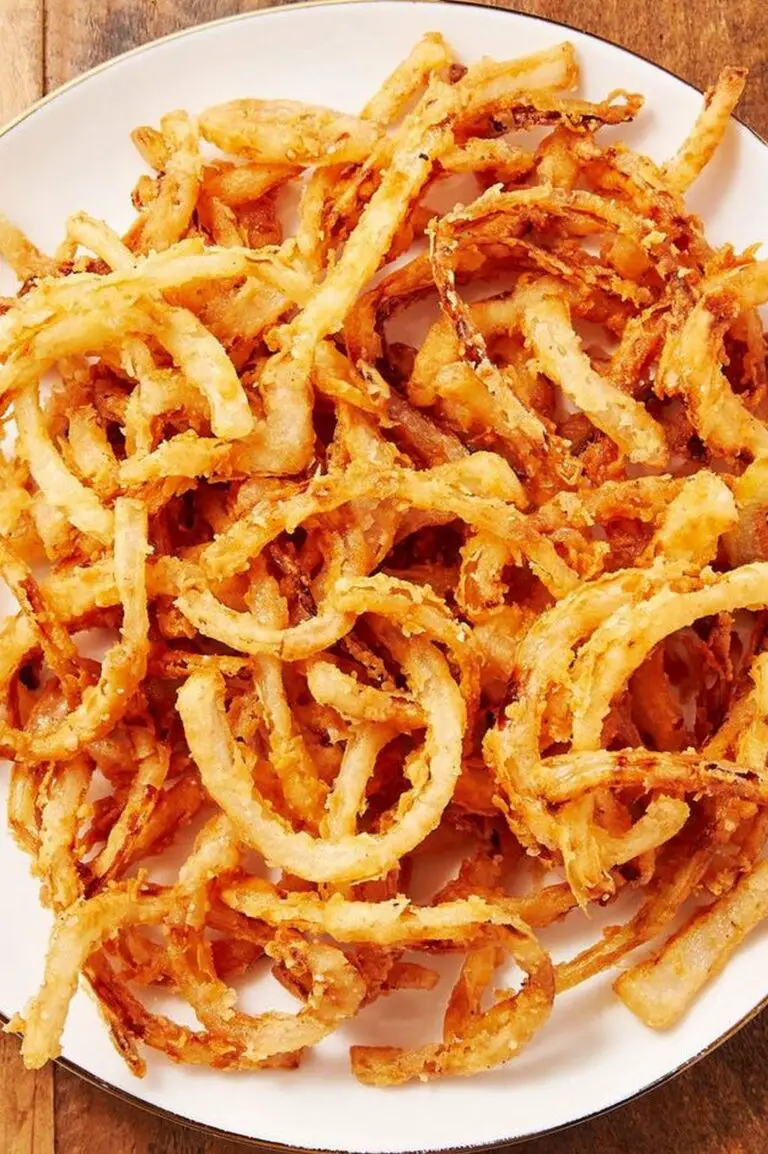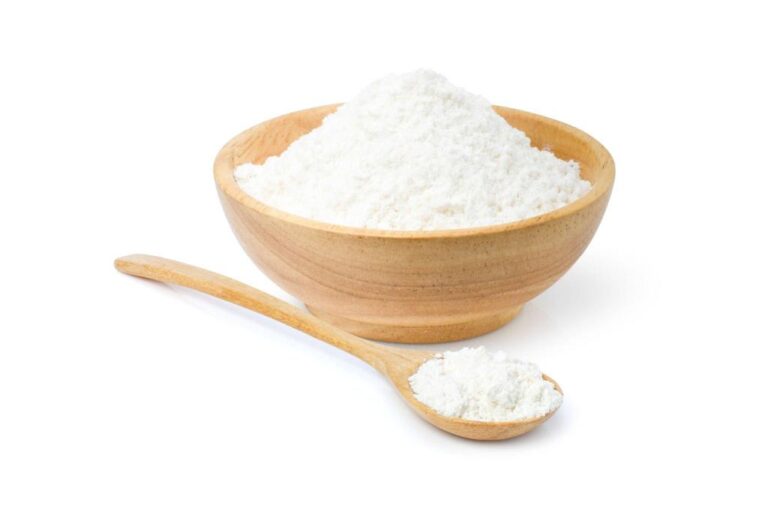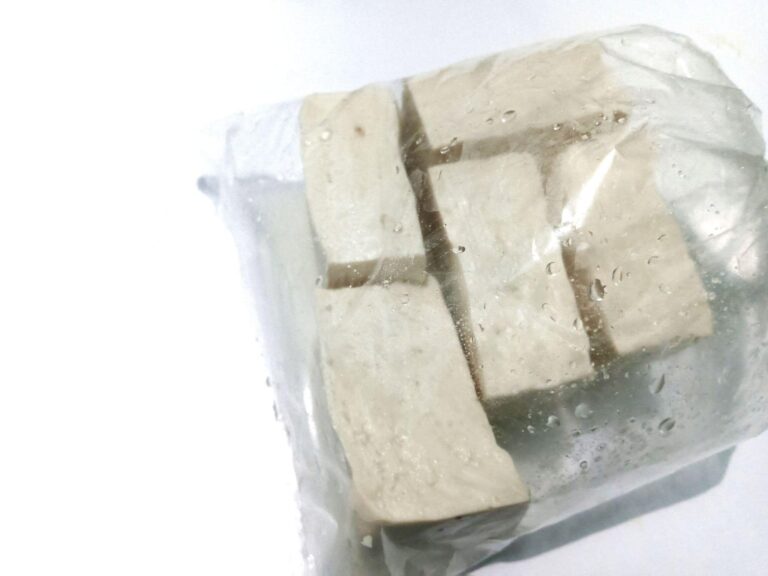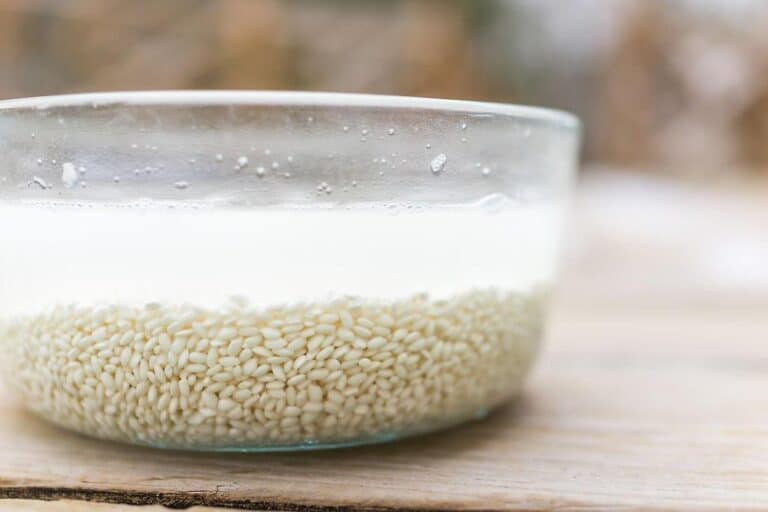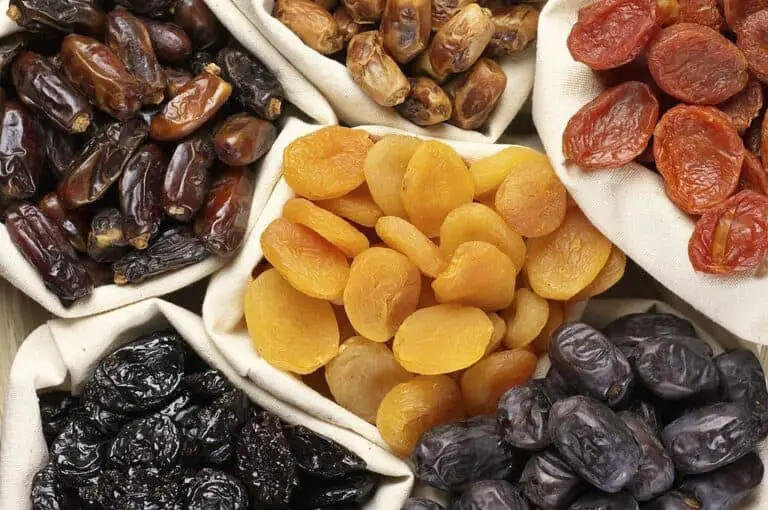Can You Eat Brussels Sprouts Raw? From Crispy Salads to Tasty Wraps
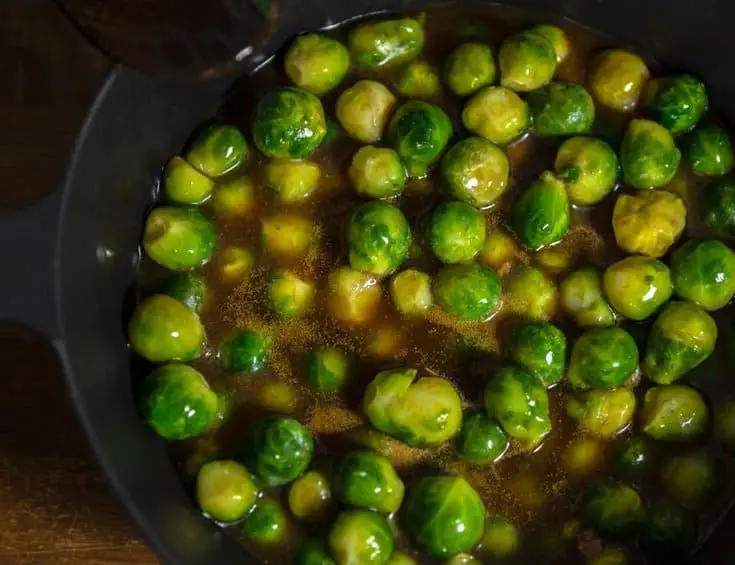
If you’re a fan of Brussels sprouts, you’ve likely enjoyed them roasted, sautéed, or even grilled to perfection. But have you ever wondered if you can eat Brussels sprouts raw?
The answer may surprise you. Raw food diets have been gaining popularity, and incorporating raw vegetables into our meals has become a culinary trend. So, what about those tiny, leafy green spheres we call Brussels sprouts?
Yes, you can eat Brussels sprouts raw. They are a nutritious vegetable in the cruciferous family and can be enjoyed raw in salads, slaws, or as a crunchy snack.
In this article, we’ll explore the nutritional benefits of these tiny, cabbage-like vegetables. We’ll discuss their taste and texture in their raw form. And we’ll discover creative ways to enjoy them without cooking.
Whether you’re a Brussels sprout enthusiast or simply curious about expanding your culinary horizons, join us on this journey. We will uncover the potential of raw Brussels sprouts and how they can add a fresh twist to your meals.
Nutritional Profile of Brussels Sprouts
Brussels sprouts are small, cruciferous vegetables that resemble miniature cabbages. They are members of the Brassica family. Brussels sprouts are packed with essential vitamins, minerals, and antioxidants. These nutrients contribute to overall health and well-being.
Here’s a glimpse of the nutritional benefits they offer:
| Nutrient | Quantity per 100g |
| Vitamin C | 85 mg |
| Vitamin K | 177 µg |
| Vitamin A | 754 IU |
| Fiber | 3.8 g |
| Folate | 61 µg |
| Potassium | 389 mg |
These cruciferous vegetables are also rich in antioxidants like kaempferol and quercetin. Antioxidants help reduce inflammation and protect against chronic diseases, such as heart disease and certain types of cancer.
They also contain beneficial compounds called glucosinolates. These compounds are known for their potential anti-inflammatory and anti-cancer properties. Incorporating raw Brussels sprout leaves into your meals can provide you with a nutrient boost. It can also support your overall well-being.
Taste and Texture of Raw Brussels Sprouts
Raw Brussels sprouts offer a distinctive flavor profile that sets them apart from other vegetables. They possess a delightful nuttiness, which adds depth to their taste. Additionally, they have a natural sweetness that balances the overall flavor profile.
However, it is important to note that raw Brussels sprouts also have a slight bitterness. The bitterness can vary depending on the individual sprout and personal taste preferences.
When it comes to texture, raw Brussels sprouts provide a satisfying crunch that adds an enjoyable element to any dish. The leaves are firm and densely packed, offering a substantial bite. This texture enhances the eating experience. It also provides a refreshing contrast when combined with softer ingredients in salads or slaws.
Many people appreciate the unique taste and texture of raw Brussels sprouts. However, it’s important to acknowledge that their flavor can be somewhat assertive for some individuals.
The natural bitterness may be more pronounced when consumed raw, which can be a deterrent for those who prefer milder flavors. Many people appreciate the unique taste and texture of raw Brussels sprouts. However, it’s important to acknowledge that their flavor can be somewhat assertive for some individuals. This simple step helps to mellow out the flavor, making them more palatable for those sensitive to bitterness.
To further enhance the taste and texture of raw Brussels sprouts, it is common to pair them with other ingredients that complement their flavor profile. By combining them with ingredients like citrus fruits, sweet and juicy fruits, or creamy dressings, you can create a harmonious balance. This brings out the best in raw Brussels sprouts.
Safety Considerations when Consuming Raw Brussels Sprouts
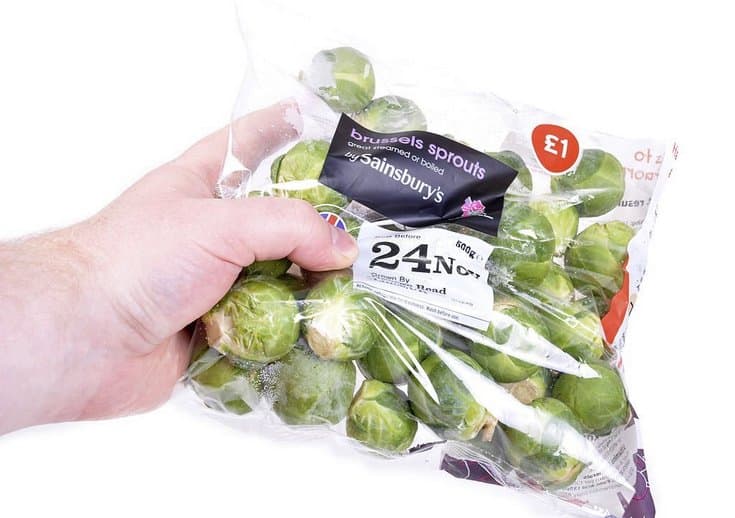
Although Brussels sprouts are good for you when eaten raw, it is important to be aware of the possible risks that come with eating them raw. Here are a few precautions to keep in mind:
- Bacterial contamination: Raw Brussels sprouts, like other leafy greens, can harbor harmful bacteria such as E. coli or Salmonella. To minimize the risk, ensure thorough washing under cold running water and remove any damaged or discolored leaves.
- Foodborne illnesses: Individuals with compromised immune systems or certain health conditions, such as pregnant women or those undergoing chemotherapy, may be more susceptible to foodborne illnesses. In such cases, it is advisable to cook Brussels sprouts to reduce any potential risks.
- Proper washing and preparation: Apart from washing the sprouts, consider removing the tough outer leaves and trimming the stems before consuming brussel sprouts raw. This helps ensure cleanliness and minimizes any potential grittiness.
How to Prepare Raw Brussels Sprouts
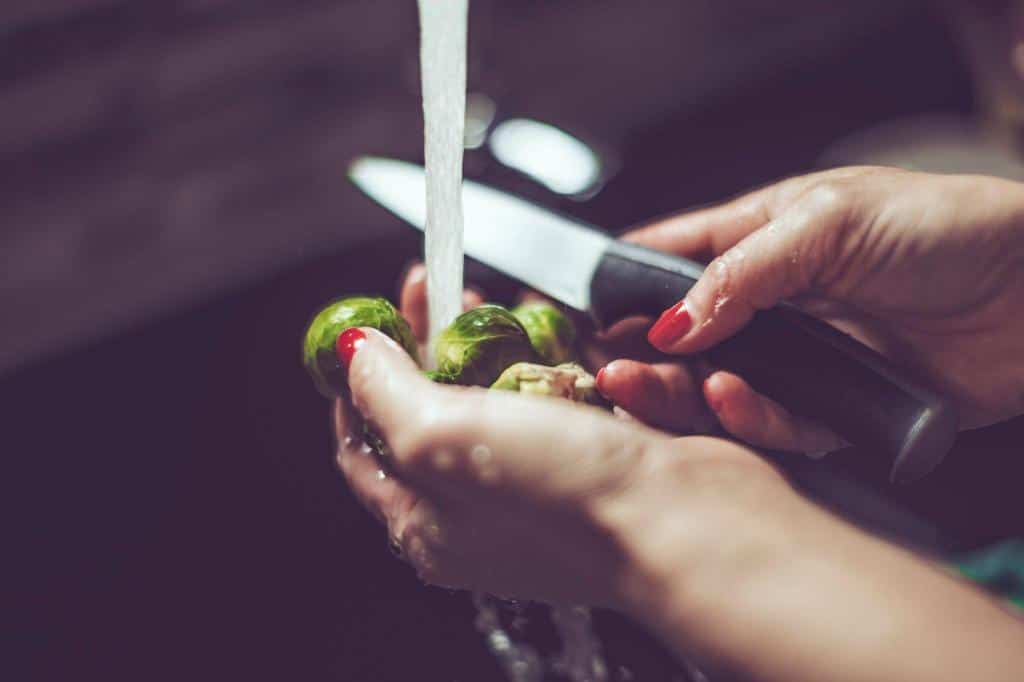
You can eat Brussels sprouts raw, but to make them taste and feel better, you need to cook Brussels sprouts right way. Follow these simple steps to prepare raw Brussels sprouts:
- Selecting Fresh Brussels Sprouts: Choose Brussels sprouts that are firm, bright green, and free from yellowing leaves. The smaller sprouts tend to be sweeter and milder in flavor.
- Washing and Cleaning: Start by rinsing the Brussels sprouts thoroughly under cold running water. Remove any damaged outer leaves and trim the tough stem end.
- Trimming and Slicing: Depending on your preference, you can either leave the Brussels sprouts whole or slice Brussel sprouts thinly. Slicing them creates a finer texture, perfect for salads or slaws.
- Soaking in Ice Water (Optional): If you prefer a milder taste, you can soak the sliced Brussels sprouts in ice water for about 10 minutes. This can help reduce any bitterness.
- Dressing and Seasoning: Toss the prepared Brussels sprouts with your favorite dressing and seasoning. Lemon juice, olive oil, salt, and pepper make a simple and delicious dressing. You can also get creative with other herbs and spices.
Delicious Ways to Enjoy Raw Brussels Sprouts
Now that you know how to prepare raw Brussels sprouts, let’s explore some exciting ways to enjoy them:
1. Raw Brussels Sprouts in Salads
Raw Brussels sprouts add a delightful crunch and vibrant flavor to salads, making them a popular ingredient in raw salad recipes. Here are some suggestions for incorporating raw Brussels sprouts into your salads:
- Brussels Sprout Slaw: For a refreshing slaw, thinly slice the sprouts. Then, mix them with shredded carrots, sliced red onions, and a tangy vinaigrette.
- Mixed Greens Salad: For the mixed greens salad, combine raw Brussels sprouts with other leafy greens like spinach or kale. Add cherry tomatoes, avocado slices, and a light citrus dressing for a nutritious and colorful salad.
- Asian-inspired Salad: Combine shredded raw Brussels sprouts, sliced bell peppers, edamame beans, mandarin oranges, and a sesame ginger dressing for a burst of flavors.
Get creative with your salad ideas. Experiment with different ingredients and dressings to find combinations that suit your taste preferences.
2. Raw Brussels Sprouts in Slaws and Coleslaws
Slaws and coleslaws are traditionally made with cabbage. However, raw Brussels sprouts offer a unique twist on these classic dishes. Their small size and tender leaves make them perfect for shredding or thinly slicing. This provides a delicate texture and a mild, slightly nutty flavor.
When combined with other ingredients, such as carrots, apples, or even cranberries, raw Brussels sprouts add a refreshing crunch. They also contribute to a vibrant and nutritious slaw.
To get started, here are a few variations and recipes for raw Brussels sprout slaws:
- Classic Brussels Sprout Slaw: Shred raw Brussels sprouts and toss them with shredded carrots, red cabbage, and a tangy vinaigrette dressing. Add toasted almonds or sesame seeds for extra crunch and flavor.
- Apple and Cranberry Brussels Sprout Slaw: Make Apple and Cranberry Brussels Sprout Slaw. Combine shredded Brussels sprouts with thinly sliced apples. Add dried cranberries and a honey mustard dressing.
- Asian-Inspired Brussels Sprout Slaw: Create an Asian-inspired slaw by mixing shredded Brussels sprouts with sliced bell peppers, edamame beans, scallions, and a sesame ginger dressing.
Feel free to experiment with different ingredients and dressings. Create your own unique Brussels sprout slaw recipe.
3. Raw Brussels Sprouts as a Snack
Raw Brussels sprouts have gained popularity as a healthy and satisfying snack option. They are low in calories, high in fiber, and packed with nutrients, making them an excellent choice for those looking to maintain a balanced diet.
Here are a few ideas for flavoring and seasoning raw Brussels sprouts as standalone snacks:
- Roasted Brussels Sprout Chips: Toss thinly sliced raw Brussels sprouts with olive oil, salt, and pepper. Roast them in the oven until crispy for a nutritious and addictive snack alternative to potato chips.
- Brussels Sprout Dipper Sticks: Cut raw Brussels sprouts in half lengthwise to create dipper sticks. Pair them with hummus, Greek yogurt-based dips, or your favorite salsa for a flavorful and guilt-free snack.
- Couscous Mushroom Brussels Sprouts: Sauté Brussels sprouts together with mushrooms. Add minced garlic and chopped red onion. Garnish with fresh parsley for a burst of color and flavor.
Additionally, you can combine raw Brussels sprouts with other vegetables, like cucumbers or bell peppers. This creates a refreshing crudité platter. The crunchy texture of raw Brussels sprouts adds a delightful element to any snacking experience.
4. Raw Brussels Sprouts in Smoothies and Juices
Adding raw Brussels sprouts to your green smoothies and juices can be a fantastic way to incorporate their nutritional benefits into your daily routine. While the flavor might be slightly pronounced, the right combinations can create delicious and nutritious beverages. Here’s how you can incorporate raw Brussels sprouts into your drinks:
- Green Power Smoothie: Make a Green Power Smoothie. Blend raw Brussels sprouts and spinach with pineapple, banana, and a splash of almond milk. It’s a vibrant green smoothie packed with vitamins, minerals, and fiber.
- Brussels Sprout and Citrus Juice: Combine raw Brussels sprouts with oranges, grapefruits seeds, and a hint of ginger for a refreshing and invigorating juice bursting with immune-boosting nutrients.
Experiment with different combinations of fruits and vegetables to find the flavors that you enjoy the most. Raw Brussels sprouts add a unique and nutritious element to your drinks. They provide an extra dose of vitamins, minerals, and antioxidants.
5. Raw Brussels Sprouts as Wraps
To create Brussels sprout wraps, start by selecting fresh and firm Brussels sprouts. Carefully peel off the outer leaves, ensuring they are intact and free from any blemishes. These large outer leaves will serve as the base for your wraps. You can use a small paring knife or gently separate the leaves by hand.
Once you have your Brussels sprout leaves ready, the filling options are endless. You can go for a vegetarian or vegan approach. Fill the leaves with a combination of fresh vegetables, such as shredded carrots, cucumber, bell peppers, and avocado.
For added protein, consider adding sliced tofu, tempeh, or cooked reheated quinoa. You can also experiment with different dressings or spreads to enhance the flavors, such as hummus, tahini, or a tangy vinaigrette.
If you prefer a heartier wrap, you can incorporate cooked proteins. For example, use grilled chicken, charred shrimp, or lean ground turkey. Add some herbs or spices like cilantro, basil, or cumin to elevate the taste. The possibilities are endless, and you can customize the wraps to suit your preferences and dietary needs.
Culinary Techniques for Enhancing Raw Brussels Sprouts
If you’re looking to explore the culinary possibilities of raw Brussels sprouts beyond salads and snacks, there are several techniques. You can employ them to enhance their flavor and texture. Here are a few culinary techniques to consider:
- Marinating: Marinating raw Brussels sprouts in a combination of olive oil, lemon juice, herbs, and spices can help mellow their slightly bitter taste. It also infuses them with complementary flavors. Let them sit in the marinade for a few hours or overnight to allow the flavors to develop fully.
- Pickling: Pickled Brussels sprouts offer a tangy and slightly sour flavor profile. Prepare a pickling solution using vinegar, water, salt, and spices of your choice. Submerge the sprouts in the solution. Let them pickle in the refrigerator for a few days. Then, enjoy them as a zesty addition to salads or charcuterie boards.
- Fermenting: Fermented Brussels sprouts can be a delicious and gut-healthy treat. Pack them tightly into ajar and, add a brine solution (saltwater) Let them ferment at room temperature for a week or longer, depending on your desired level of fermentation. The process produces a unique, slightly tangy flavor that pairs well with a variety of dishes.
By utilizing these techniques, you can unlock a range of flavors and textures that go beyond the raw experience of Brussels sprouts.
Conclusion
Raw Brussels sprouts are not only nutritious but also versatile in the culinary world. You can enjoy the flavors and benefits of raw Brussels sprouts in many ways. Try slaws and coleslaws, snacks, smoothies, and different culinary techniques.
Yes, you can eat Brussels sprouts raw. They are a healthy cruciferous vegetable that can be eaten raw in salads, slaws, or as a crunchy snack. However, they may cause gas in some people due to their indigestible fiber content, and those with hypothyroidism may want to avoid them in large amounts due to their potential iodine content.
Learn how to use raw Brussels sprouts in your cooking and see what kinds of creative ideas they give you. You can add raw Brussels sprouts to your meals in many ways. Whether you’re seeking a crunchy slaw, a healthy snack, or a refreshing green smoothie, raw Brussels sprouts can be a delicious and nutritious addition. You can also explore culinary techniques with them.
Remember to embrace your creativity in the kitchen. Experiment with flavors and enjoy the journey of exploring the diverse world of raw Brussels sprouts.
FAQs
Do raw Brussels sprouts have more nutrients than cooked ones?
Raw Brussels sprouts retain their nutrient content, including vitamins and antioxidants. However, cooking may alter the availability of certain nutrients.
How should I wash and prepare raw Brussels sprouts?
Wash Brussels sprouts under cold running water, remove any damaged leaves, trim the stems, and slice or shred them as desired.
Are there any safety concerns with eating raw Brussels sprouts?
Raw Brussels sprouts may carry bacteria. Thoroughly wash and handle them properly. Individuals with compromised immune systems should consider cooking them.
What do raw Brussels sprouts taste like?
Raw Brussels sprouts have a nutty flavor and a mildly sweet and slightly bitter taste.
Can raw Brussels sprouts be frozen?
While it’s possible to freeze Brussels sprouts, they may lose some texture and flavor when thawed. It’s best to consume them fresh for optimal taste and texture.
How can I make raw Brussels sprouts more enjoyable if I don’t like their taste?
Experiment with different preparation methods. For example, try marinating them or combining them with other flavors in salads. Find a combination that suits your palate.
How can I make raw Brussels sprouts more enjoyable as a snack?
Try roasting thinly sliced Brussels sprouts to create crispy chips, or enjoy them as dip sticks with your favorite dips.
What culinary techniques can I use to enhance the flavor of raw Brussels sprouts?
You can marinate, pickle, or ferment Brussels sprouts to add depth of flavor and create new taste experiences.

